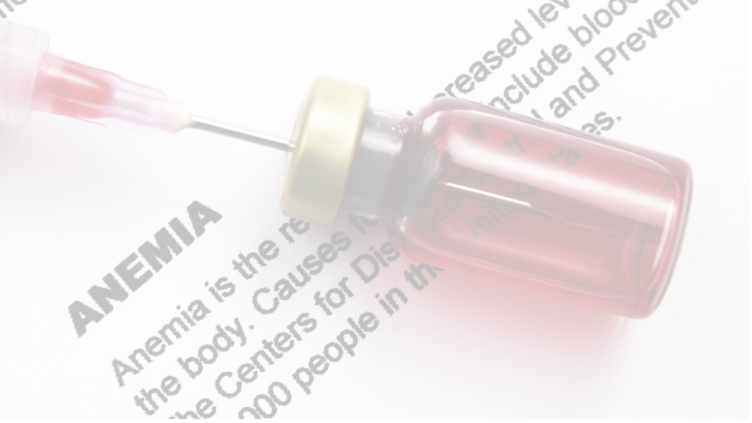Tackling Anemia in India : A Growing Health Challenge
Anemia, a condition marked by low hemoglobin levels, is a widespread health issue in India. It affects all age groups and genders, but women, children, and adolescents are the most vulnerable. Despite national efforts, anemia continues to have severe consequences for individual health, societal productivity, and the nation’s progress.
Do you or someone you know struggle with symptoms like fatigue, weakness, or shortness of breath?
These could be signs of anemia. Let’s explore how widespread this condition is and what we can do about it.
Understanding the Magnitude of the Problem
Did you know that anemia affects more than half of certain population groups in India? Here’s a quick overview from the recent National Family Health Survey (NFHS-5):
•67.1% of children (6–59 months) are anemic—a sharp rise from 58.6% in NFHS-4.
•57.0% of women (15–49 years) are anemic, up from 53.1%.
•54% of adolescent girls (15–19 years) and 52.2% of pregnant women are also affected.
Causes of Anemia in India
Anemia in India is caused by multiple, interconnected factors:
1.Nutritional Deficiencies: Lack of iron, folic acid, vitamin B12, and vitamin A in diets.
2.Parasitic Infections: Conditions like malaria and hookworm cause blood loss.
3.Menstrual and Maternal Health Issues: Heavy menstrual bleeding and inadequate healthcare
during pregnancy contribute significantly.
4.Socioeconomic Factors: Poverty, limited education, and healthcare access play a major role.
5.Cultural Practices: Early marriages and adolescent pregnancies increase anemia risks for young women.
Consequences of Anemia
Anemia’s impacts extend beyond health.
•Children: Impaired growth and lower academic performance.
•Women: Increased maternal mortality risk and reduced work capacity.
•Economic Impact: Did you know that anemia reduces India’s GDP by 1.2% annually due to lost
productivity?
Here are some practical steps to tackle anemia:
1. Improved Nutrition
•Include iron-rich foods (leafy greens, legumes, nuts, eggs, meat) in daily meals.
•Opt for fortified foods like rice and wheat flour with iron and other nutrients.
• Maximize iron absorption (e.g., pair vitamin C-rich foods with iron-rich meals).
2. Medical Interventions
•Take advantage of Iron and Folic Acid (IFA) supplements provided under the Anemia
Mukt Bharat initiative.
•Participate in deworming programs and get regular hemoglobin screenings.
3. Public Health Programs
•Support initiatives like Anemia Mukt Bharat and Mid-Day Meal Schemes that address
nutrition at the community level.
4. Empower Women and Girls
•Promote education and delay early marriages and pregnancies.
•Ensure better access to menstrual hygiene products.
5. Community Involvement
•Engage with local health workers and participate in awareness drives.
Anemia in India is a preventable and treatable condition, but it requires a multi-pronged approach involving government initiatives, healthcare systems, community engagement, and individual action. As India progresses towards its development goals, addressing anemia is critical for improving public health and ensuring a brighter, healthier future for all.
By empowering individuals with knowledge, providing resources for better nutrition, and strengthening public health programs, India can work towards eliminating the burden of anemia once and for all. Together, We Can Beat Anemia.

